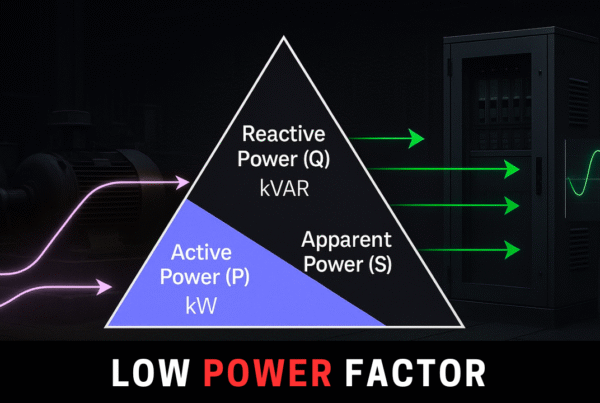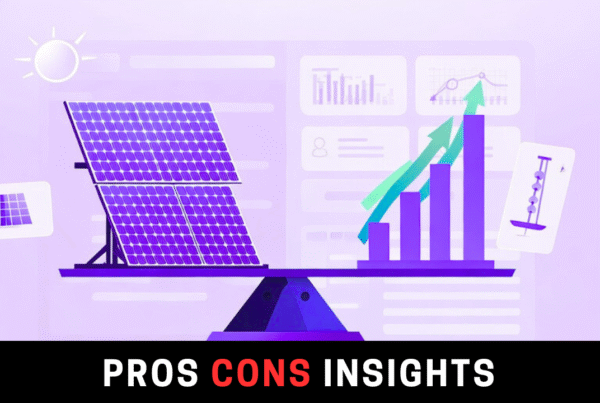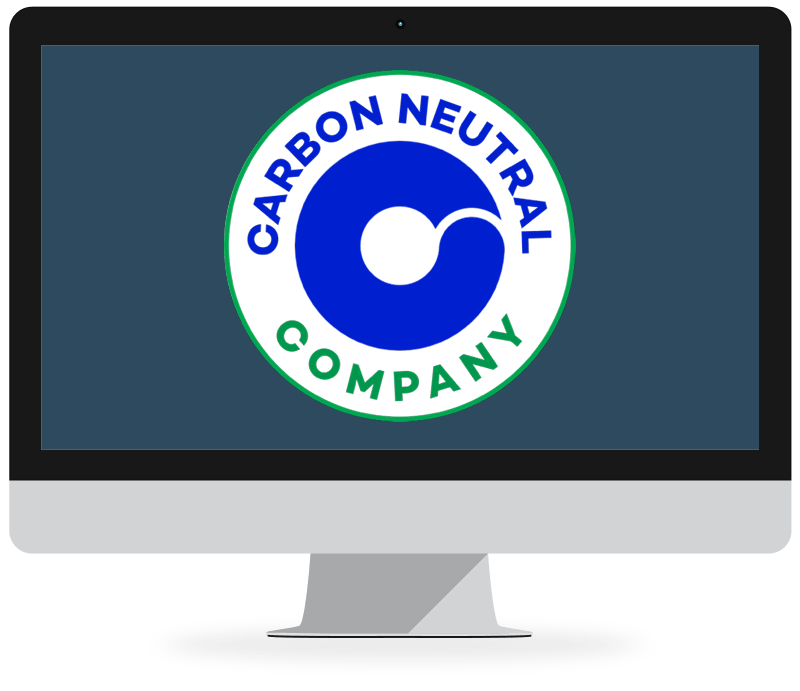Existing smog in Lahore Pakistan poses an alarming public health concern. Government has announced change in school timings due to smog Pakistan. In cities battling smog, having an effective air purifier can make all the difference.
When selecting an air purifier, first determine the room’s size in square meters; akin to air conditioners, each model suits a specific area. For a medium room around 25-30 square meters, choose a purifier that can handle at least 45 square meters for optimal coverage.
The filter’s efficiency is crucial; opt for a HEPA 13 filter, which is medical-grade and captures 99.97% of particles like PM2.5 and PM10. Some models come with an activated carbon layer, which excellently eliminates odors for a fresh environment.
Ensure the purifier’s replacement filters are easy to find. It’s wise to purchase an additional set at the time of buying; each might last two seasons, so two sets could last you four years.
Pay attention to the Clean Air Delivery Rate (CADR). If your room is 80 cubic meters, a purifier with a CADR of 200m³/hr will cycle the air 2.5 times per hour, significantly enhancing air quality quickly. Remember, the CADR should be proportional to the room’s volume.
Extras like PM2.5 sensors or Wi-Fi might be nice, but focus primarily on CADR, filter efficiency, and filter availability. While humidifiers can combat smog effects, they’re more useful when the air is very dry, like during winter.
Here’s how you can select the best one for your needs:
1. Room Size Compatibility:
Determine the area of the room where you’ll use the purifier. For a typical medium-sized room (about 25-30 square meters), you might want a purifier that can handle a larger area, say 45+ square meters, to ensure thorough coverage.
2. Filter Efficiency:
The heart of an air purifier is its filter. Opt for models with HEPA 13 filters, which are medical-grade and capture 99.97% of pollutants down to 0.3 microns, including PM2.5 and PM10 particles rampant in smog.
3. Odor Elimination:
An activated carbon layer in your air purifier can significantly reduce odors, leaving your space feeling fresher.
4. Filter Availability and Lifespan:
Ensure that replacement filters are easily obtainable. Buying an extra set can cover you for four years if each lasts two smog seasons.
5. Air Circulation:
The CADR (Clean Air Delivery Rate) indicates how quickly the purifier cleans the air. For a room of 80 cubic meters, a CADR of 200m³/hr would circulate the air 2.5 times per hour, significantly enhancing air quality.
6. Additional Features:
Features like PM2.5 sensors for real-time air quality monitoring, Wi-Fi connectivity for remote control, and smart modes that adjust purification based on air quality can enhance your experience but are not essential for basic functionality.
7. Consider Humidity:
While not directly related to smog, humidifiers can mitigate some of the dryness that accompanies winter smog, although in more humid climates, this might not be necessary.
8. Noise and Energy:
Select units with lower noise levels if they’ll be used in quiet environments like bedrooms. Also, check for energy efficiency to manage ongoing costs.
9. Certifications:
Certifications like AHAM or CARB can assure you of the purifier’s effectiveness and safety.
10. User Feedback:
Look into real user experiences to understand how well the purifier performs in smoggy conditions beyond what specs suggest.
By considering these factors, you’ll be better equipped to choose an air purifier that not only clears smog but also fits seamlessly into your lifestyle. Please do read into smog instructions by primary & secondary healthcare department Lahore.













